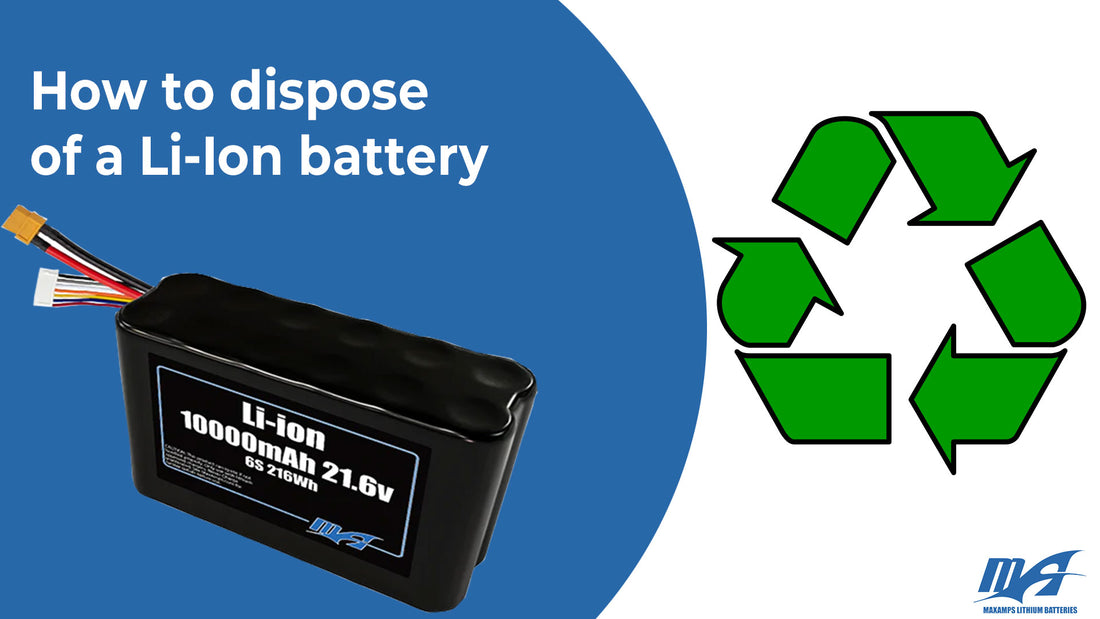Li-ion batteries are essential in many devices, but improper disposal can harm the environment and cause safety risks. Here’s a guide on how to say goodbye to your much loved Li-Ion battery.
Why Proper Disposal Matters
Li-ion batteries contain hazardous materials that can be harmful if mishandled. Recycling ensures these materials are safely processed and reused, reducing environmental impact.
1. Know When to Dispose
First the obvious signs, if your battery has any crash damage, swelling, has been over-discharged, or if it has a sweet, pungent smell those can all be signs of cell damage, where you could have to say goodbye to your battery.
2. Check Local Regulations
Local rules vary, so check your waste management authority for disposal guidelines. Many areas offer special collection events or drop-off locations.
3. Prepare Batteries for Disposal
- Tape Terminals: Cover exposed terminals with tape to prevent short-circuiting.
- Avoid Damage: Don’t puncture or crush batteries.
- Container: Store them in a plastic bag or container to prevent leakage.
4. Use Recycling Programs
- Retailers: Stores like Best Buy and Staples often have battery recycling bins.
- Recycling Centers: Contact local centers to see if they accept Li-ion batteries.

